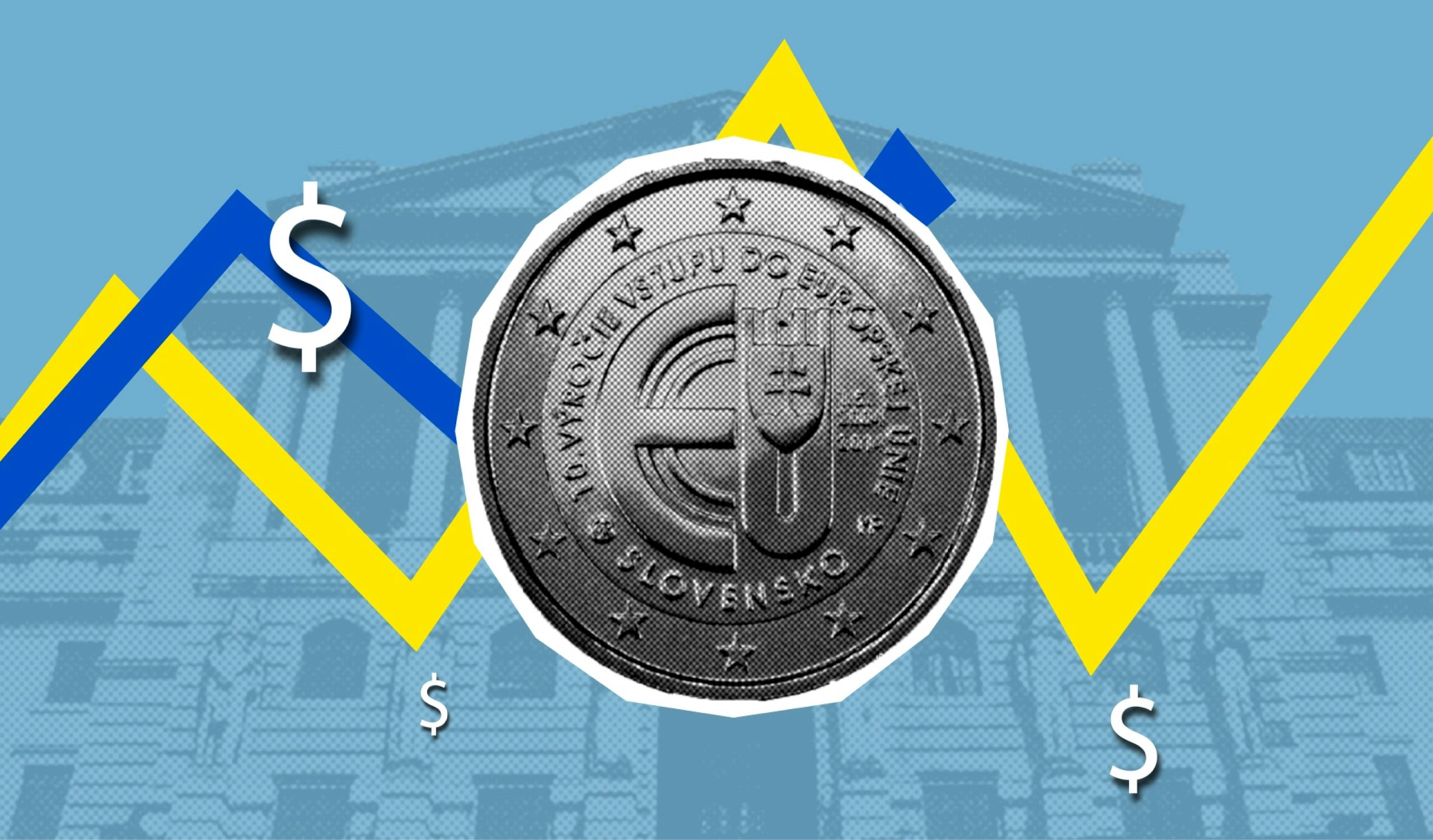Understanding the Basics of an Emergency Fund

An emergency fund is essentially a financial safety net designed to cover unexpected expenses or financial downturns. Unlike other savings or investment accounts, which may be earmarked for long-term goals or earning potential, an emergency fund is readily accessible and not exposed to market risks. Its primary purpose is to provide immediate liquidity during unforeseen circumstances without the need to incur debt.
The Role of an Emergency Fund in Financial Stability
Having an emergency fund is a cornerstone of financial stability. It acts as a buffer against life’s uncertainties, ensuring that you’re prepared for anything from sudden medical bills to unexpected car repairs or even job loss. This fund differs from other forms of savings by being immediately accessible and not tied up in investments that may fluctuate with market conditions. By setting aside a portion of your income into this fund, you’re not just saving money; you’re buying peace of mind and securing your financial future.
In the grand scheme of wealth building, an emergency fund is your first line of defence. It protects your investments and savings from being eroded in times of crisis, allowing you to stay on track with your long-term financial goals. Remember, it’s not just about growing your wealth; it’s also about safeguarding it.
The Australian Economic Context and Its Role in Wealth Building

Understanding the Dynamics of the Australian Economy and Job Market
Australia’s economy, characterized by its resilience and diversity, navigates through the challenges of global financial fluctuations with a robust job market at its core. However, even in such a stable economy, Australians are not strangers to financial emergencies. These can range from personal crises like sudden unemployment or health issues to larger scale disruptions caused by natural disasters or global pandemics. The latter, especially, have underscored the vulnerability of individual finances to external shocks, revealing how quickly situations can change.
- Financial emergencies often catch individuals off guard, leading to a scramble for funds. This could be anything from medical bills, urgent home repairs, to the need for sudden travel.
- Natural disasters, such as bushfires, floods, and droughts, not only cause immediate distress but also have a long-lasting impact on the financial well-being of affected communities.
- The global pandemic has further highlighted the importance of having a financial cushion. Job losses, reduced hours, and the shuttering of businesses have shown how quickly financial stability can be upended.
In this context, the importance of an emergency fund cannot be overstated. It serves as a financial lifeline, enabling individuals to navigate through tough times without derailing their long-term financial goals. Building and maintaining an emergency fund is not just a prudent financial strategy; it’s a critical component of wealth building in the face of uncertainty. By preparing for the unexpected, Australians can ensure that they are not just surviving but thriving, regardless of what life throws their way.
How Much Should Australians Save?

Determining the size of an emergency fund is a nuanced process, influenced by several key factors. At its core, the fund should cover three to six months of living expenses, providing a cushion that can absorb the shock of financial emergencies. This guideline, however, is not one-size-fits-all. The actual amount should be tailored to individual circumstances, taking into account family size, income stability, and existing debts. A single individual with a stable job may lean towards the lower end of this spectrum, while a family with variable income and significant debts might aim for a more substantial fund.
- Family size directly impacts living expenses and potential emergencies, necessitating a larger fund.
- Income stability varies across sectors, with some jobs more susceptible to economic downturns than others.
- Existing debts can strain financial resources, making it crucial to have a more robust safety net.
As life evolves, so should your emergency fund. A promotion, the arrival of a new family member, or taking on new financial commitments are all reasons to reassess and adjust your savings. This dynamic approach ensures that your emergency fund remains relevant, offering peace of mind and financial security in a world of uncertainties. Building and maintaining this fund is not merely a task but a strategic component of wealth building, enabling Australians to face both the expected and unexpected with confidence.
Building Your Emergency Fund

Starting an emergency fund may seem daunting, yet it’s a crucial step towards financial resilience. Begin by setting a modest goal, such as saving $1,000, before aiming for the broader target of three to six months’ living expenses. Automating your savings can simplify this process, ensuring a portion of your income is directly transferred to your emergency fund without the temptation to spend it. Additionally, reviewing and reducing discretionary expenses can free up more money for saving. This might involve cutting back on dining out, renegotiating service contracts, or opting for less expensive entertainment options.
- High-interest savings accounts offer a secure place to keep your emergency fund, combining easy access with the benefit of earning interest.
- Offset accounts can be an effective strategy, reducing the interest on your mortgage while your savings remain accessible.
- Consider term deposits for a portion of your fund if you’re seeking slightly higher interest rates, though this may limit immediate access.
Remember, the key is to start small and stay consistent. Even modest contributions can grow into a substantial safety net over time. By prioritizing your emergency fund, you’re not just saving money; you’re investing in your peace of mind and financial security. This strategic approach ensures that, regardless of what life throws your way, you’re prepared to face it head-on, without compromising your long-term financial goals.
The Integral Role of an Emergency Fund in Wealth Building

Shielding Your Investments and Savings
An emergency fund stands as a bulwark, safeguarding your hard-earned investments and savings from potential financial tempests. This fund ensures that, in times of unexpected financial distress, you are not compelled to liquidate investments, possibly at a loss or during unfavourable market conditions. The essence of liquidity in financial planning cannot be overstated. It provides the flexibility to address emergencies without disrupting your investment strategy or compromising your savings goals. Moreover, the ability to access funds readily circumvents the need to rely on high-interest debt options, thereby preserving your credit health. An emergency fund, therefore, is not merely a safety net but a strategic component of a comprehensive wealth-building plan. It empowers you to navigate through financial uncertainties with confidence, ensuring that your journey towards financial independence remains uninterrupted.
- Protects investments and savings by providing a financial cushion, eliminating the need to withdraw from investments prematurely.
- Ensures liquidity, allowing for immediate access to funds without incurring losses or penalties.
- Avoids the accumulation of debt and protects credit health, by offering an alternative to high-interest borrowing options.
By diligently building and maintaining an emergency fund, you fortify your financial foundation, enabling not just survival, but prosperity, in the face of adversity. This strategic foresight is pivotal in navigating the complexities of wealth building, ensuring that your financial goals remain within reach, regardless of the challenges life may present.
Overcoming Challenges in Saving for an Emergency Fund

When it comes to building an emergency fund, Australians face several hurdles. High living costs, fluctuating income, and the temptation to spend rather than save can derail even the best-laid plans. Yet, the peace of mind and financial security an emergency fund provides cannot be overstated. It’s a buffer that not only safeguards your investments and savings from unexpected expenses but also keeps you from falling into debt, thereby maintaining your credit health.
- Automate your savings to ensure a consistent portion of your income is set aside, making the process effortless and reducing the temptation to spend.
- Review and adjust your budget to identify areas where you can cut back, freeing up more funds for your emergency savings.
- Stay motivated by focusing on the psychological benefits: reduced stress, increased financial confidence, and the freedom to make choices without financial constraints.
By adopting these strategies, you’re not just saving for a rainy day; you’re investing in your financial well-being and taking a crucial step towards long-term wealth building. The journey to financial resilience may have its challenges, but with determination and the right approach, achieving your savings goals is well within reach.
Overcoming Challenges in Saving for an Emergency Fund
When it comes to building an emergency fund, Australians face several hurdles. High living costs, fluctuating income, and the temptation to spend rather than save can derail even the best-laid plans. Yet, the peace of mind and financial security an emergency fund provides cannot be overstated. It’s a buffer that not only safeguards your investments and savings from unexpected expenses but also keeps you from falling into debt, thereby maintaining your credit health.
- Automate your savings to ensure a consistent portion of your income is set aside, making the process effortless and reducing the temptation to spend.
- Review and adjust your budget to identify areas where you can cut back, freeing up more funds for your emergency savings.
- Stay motivated by focusing on the psychological benefits: reduced stress, increased financial confidence, and the freedom to make choices without financial constraints.
By adopting these strategies, you’re not just saving for a rainy day; you’re investing in your financial well-being and taking a crucial step towards long-term wealth building. The journey to financial resilience may have its challenges, but with determination and the right approach, achieving your savings goals is well within reach.
Case Studies and Success Stories

Real-life examples abound of Australians who’ve tapped into their emergency funds during crises, emerging not just unscathed but often in a better financial position. One such story involves a Melbourne-based couple who faced sudden unemployment. Their emergency fund covered living expenses for three months, preventing debt accumulation and allowing them to focus on job searching without panic.
Another case is of a Sydney family who used their fund for urgent home repairs after unexpected flooding. This preemptive financial planning meant they could address the repairs immediately, avoiding further damage and costs. The lesson here? An emergency fund is more than a safety net; it’s a proactive measure against escalating crises.
These stories underscore a vital lesson: the peace of mind and financial stability an emergency fund provides cannot be overstated. It’s a buffer that not only safeguards against unexpected expenses but also contributes significantly to long-term wealth building. By preventing the need to dip into investments or take on high-interest debt, an emergency fund ensures that Australians can weather financial storms without derailing their financial goals.
Moreover, the impact of an emergency fund on long-term wealth building is profound. It acts as a protective barrier around your investments, allowing them to grow uninterrupted by short-term crises. This strategic approach to financial planning empowers Australians to not just survive but thrive, turning potential financial disasters into mere hiccups on their journey to financial independence.
In Closing
Emergency funds safeguard financial futures. They offer a blend of security and strategic foresight, essential for navigating life’s unpredictabilities. By prioritizing liquidity and protecting investments, individuals can face financial challenges without compromising their wealth-building journey. This article underscores the importance of emergency funds in achieving financial stability and independence, urging Australians to adopt a proactive approach to saving. Let this be a call to action: start building your emergency fund today, ensuring a secure and prosperous tomorrow.

Ayesha Brueckner is your typical 24 year. Carrying a mountain of student debt. Looking at house prices and wondering if buying one will ever be possible. Looking for income solutions outside of a weekly wage. Join her on her investment and wealth research journey.

